Description
THE PERFECT STATEMENT FOR A SHADY SPOT: ITS LARGE, SHINY LEAVES ARE LUSH AND LOVELY
Gardeners fall in love with the heart-shaped shiny leaves of the Giant Leopard Plant or Farfugium Japonicum ‘Gigantea.’ Growing 5 to 18 inches across, the leaves rise up from the ground individually on 3 to 4 foot stalks. In late summer through fall, yellow, daisy-like flowers bloom on the tall branched flower stems.
Caring for your Leopard Plant
Native to Japan’s moist meadows, stream banks and coastal areas, the Giant Leopard Plant does not like all day shade, but prefers at least a couple of hours of sun, along with slightly moist but well-drained soil. It does brilliantly in the garden, or in a container.
Light
Farfugium japonicum prefers bright, indirect light or dappled shade. While it can tolerate some morning sun, direct sunlight should be avoided, as it can scorch the leaves. Indoor plants should be placed near a north or east-facing window where they can receive filtered sunlight. In outdoor settings, planting them under trees or in shaded areas will provide the ideal growing conditions.
Soil
Provide your Farfugium japonicum with well-draining, rich soil that retains moisture. A mixture of peat moss, perlite, and organic compost works well for potted plants. Ensure that the soil pH is slightly acidic to neutral (pH 6.0-7.0) for optimal growth.
Watering
Maintain consistently moist soil for Farfugium japonicum, but be cautious not to overwater, as this can lead to root rot. Water thoroughly when the top inch of soil feels dry to the touch, allowing excess water to drain away freely. During hot weather or in dry indoor environments, misting the foliage occasionally will help increase humidity levels and prevent leaf browning.
Maintain a relative humidity level of 50% or higher, especially if growing indoors, by using a humidifier or placing a tray of water and pebbles beneath the plant’s container.
Fertilization
Feed your Farfugium japonicum with a balanced, water-soluble fertilizer formulated for foliage plants during the growing season (spring to early fall). Dilute the fertilizer to half strength and apply it every 4-6 weeks to promote healthy growth and vibrant foliage. Refrain from fertilizing during the dormant winter months.
Pruning and Maintenance
Regular pruning helps maintain the attractive appearance of Farfugium japonicum and prevents overcrowding. Remove any yellowed or damaged leaves as they appear, using sharp, sterile pruning shears. Additionally, divide overgrown clumps every few years in spring to rejuvenate the plant and encourage vigorous growth.
Pests and Diseases
Farfugium japonicum is relatively resistant to pests and diseases, but occasional issues may arise, especially in stressed plants. Keep an eye out for common pests such as aphids, spider mites, and mealybugs, and treat them promptly with insecticidal soap or neem oil. Ensure good air circulation around the plant to prevent fungal diseases like powdery mildew.
Propagation
Propagating Farfugium japonicum is relatively straightforward and can be done through division or stem cuttings. Divide mature clumps in spring by carefully separating the rhizomes and replanting them in individual pots or suitable locations in the garden. Stem cuttings can be taken from healthy, mature plants and rooted in a moist growing medium.

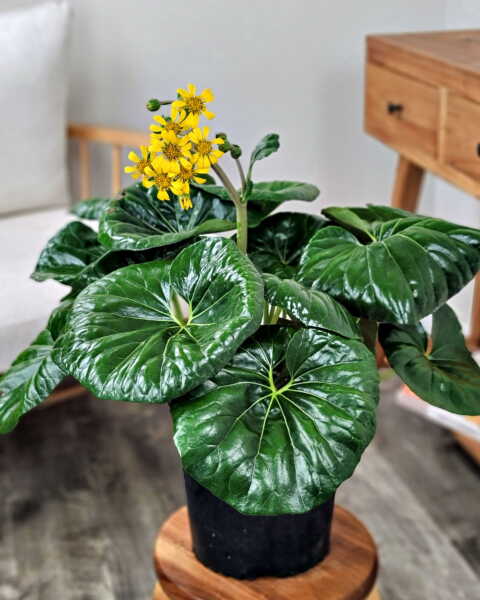
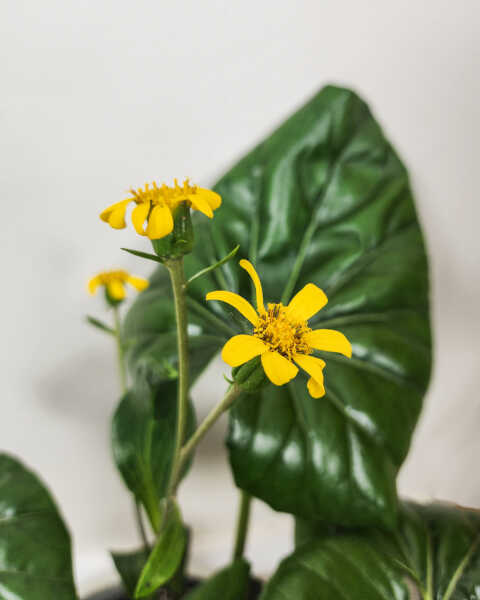








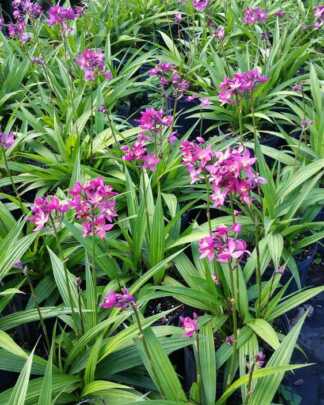
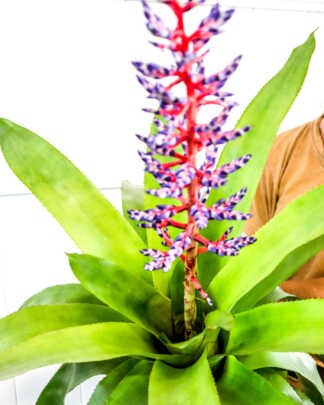


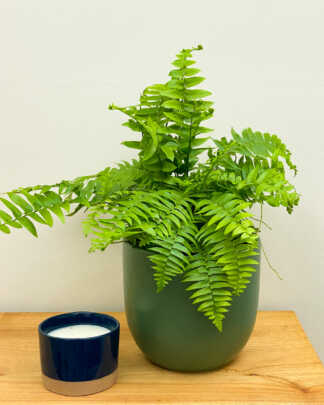


dan collins (verified owner) –
top notch!
Steve T. (verified owner) –
Perfect specimen received !
VERONIQUE P. (verified owner) –
Beautiful plant… lovingly package for shipment. Arrived healthy, with no brown leaves, and no leaf drop. There are even yellow flowers, that didn’t drop off… still happily growing. Very happy with my purchase.
VICTORIA L. (verified owner) –
Super pretty leaves and very full. However it came riddled with fungus gnats.
Jill B. (verified owner) –
Another gorgeous plant that was packed beautifully. Thx
Jill B. (verified owner) –
I love PlantVine These plants are sent from the east coast to the west coast in the winter. It is still freezing here and my plants are so healthy when they arrive. Thankyou for caring for these plants so well.
Anne Leigh –
beautiful